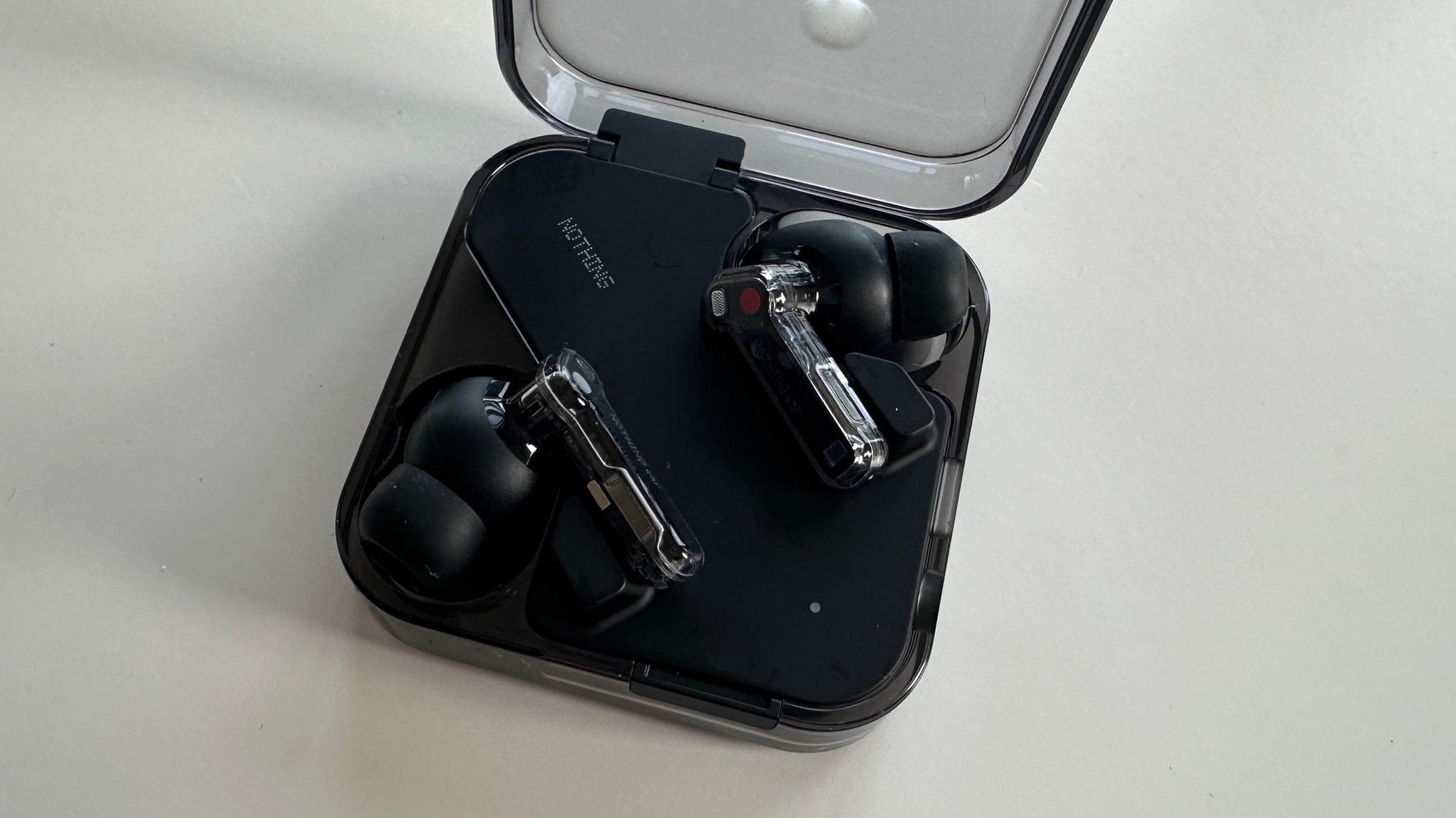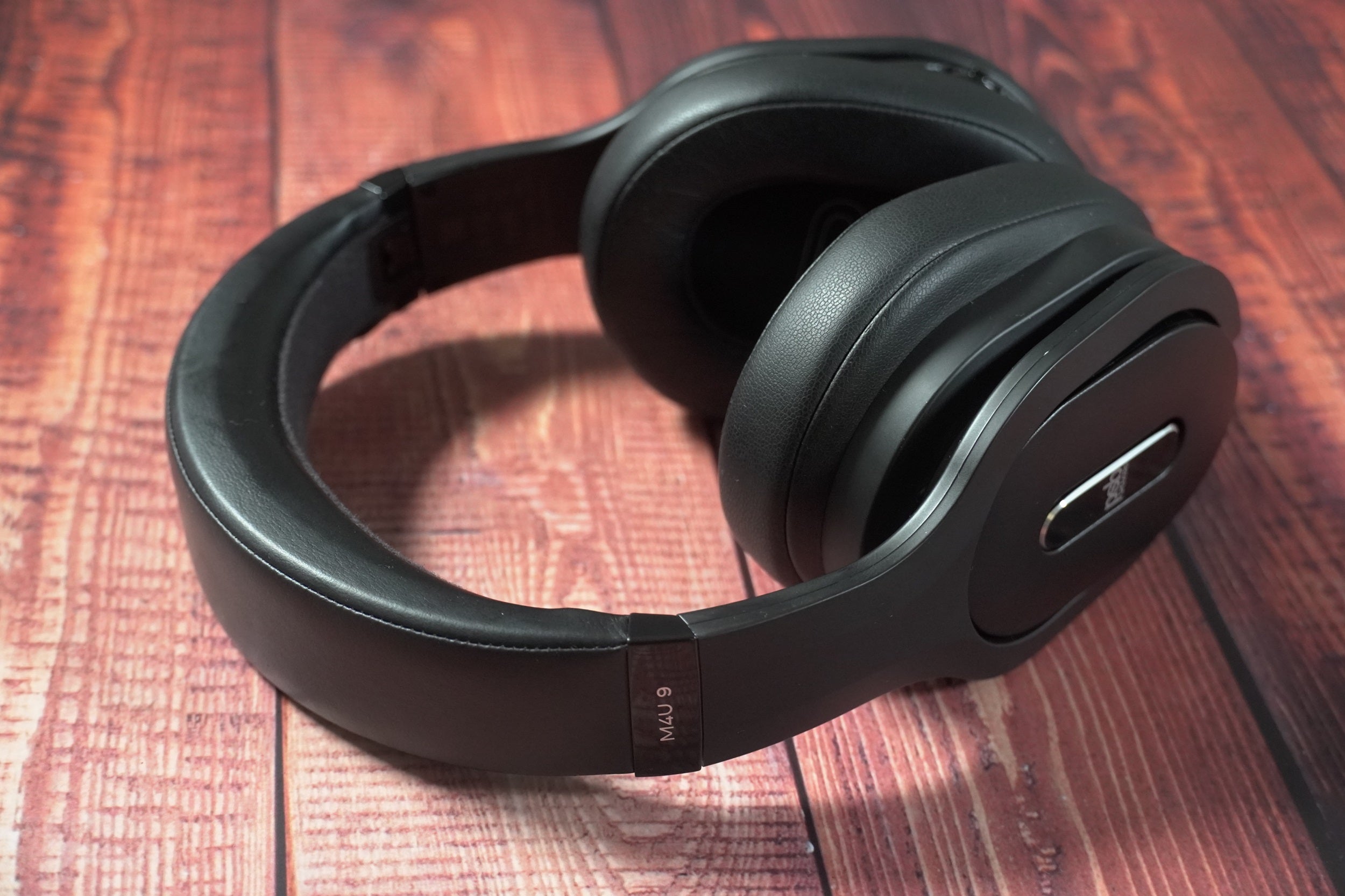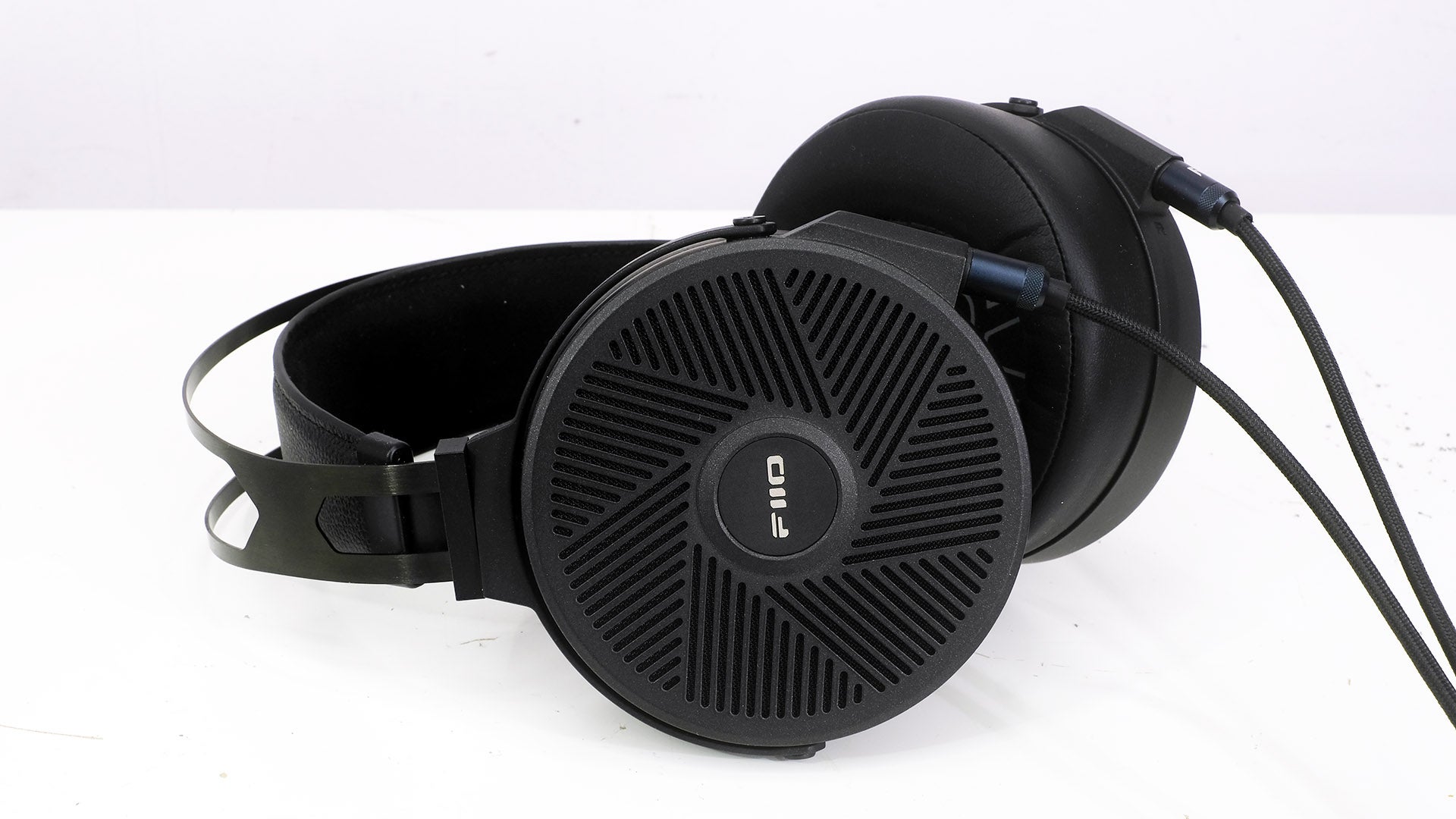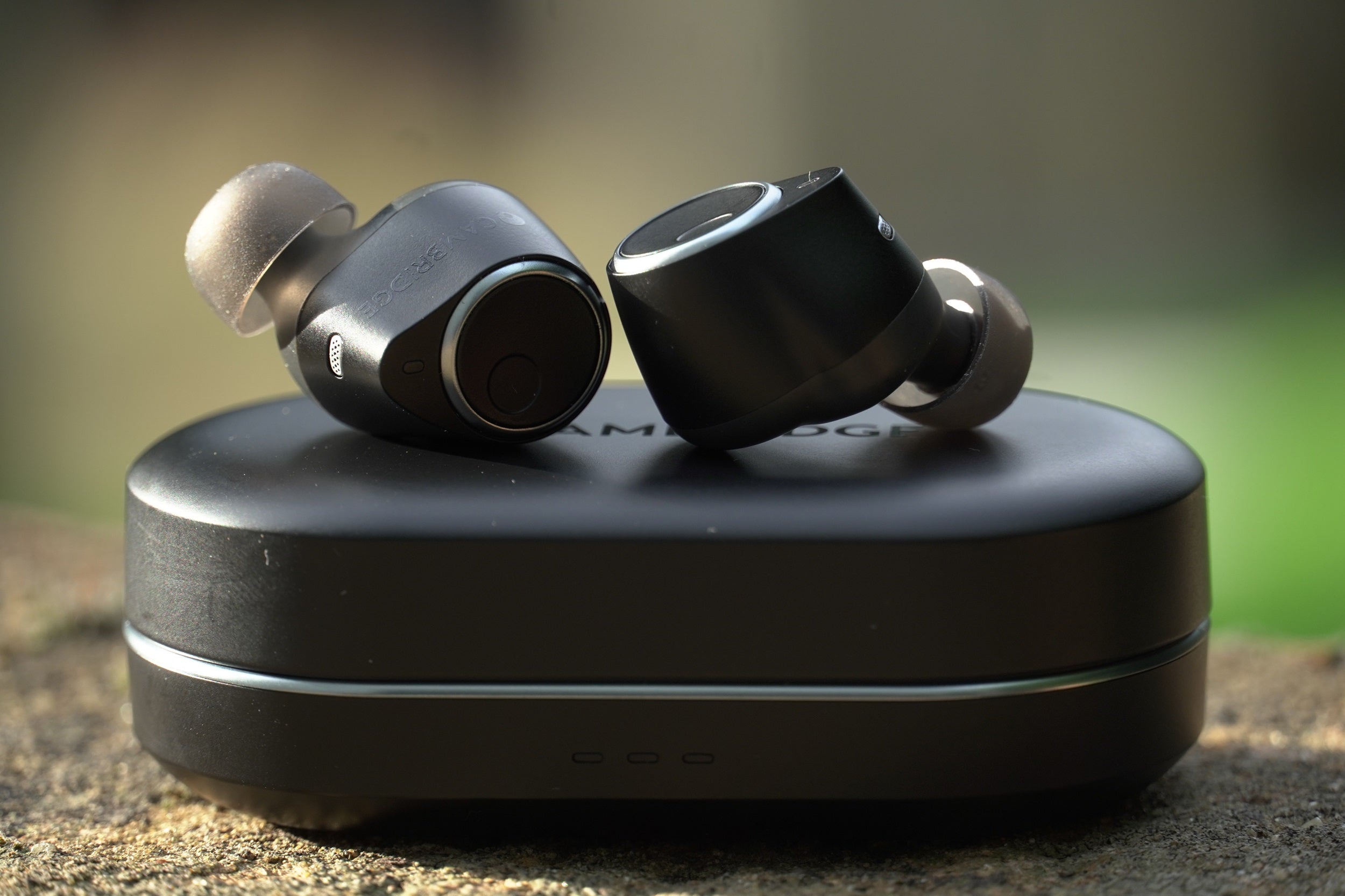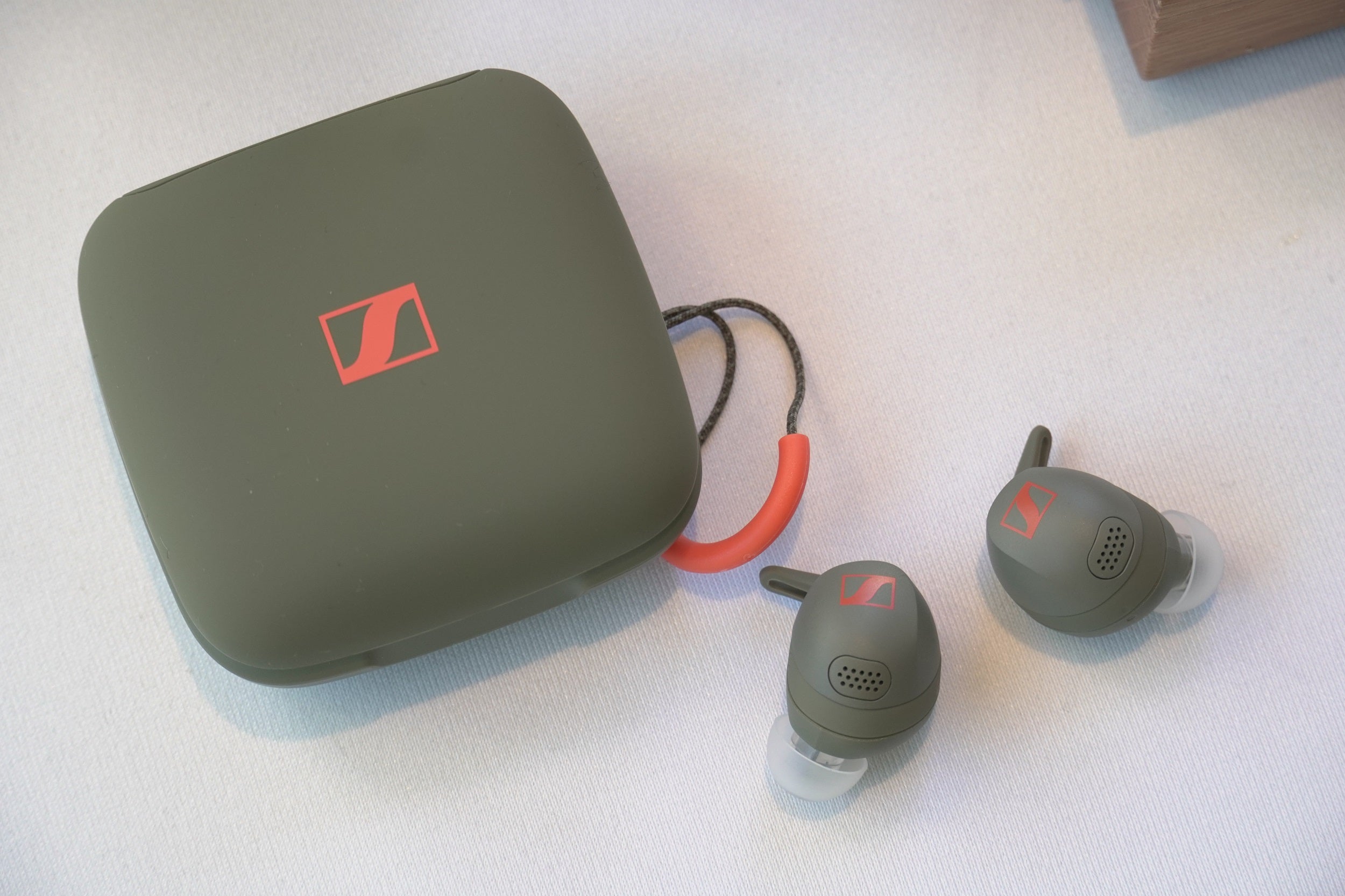LG Tone Free UT90Q Review
A jack of all trades, but a master of how many?
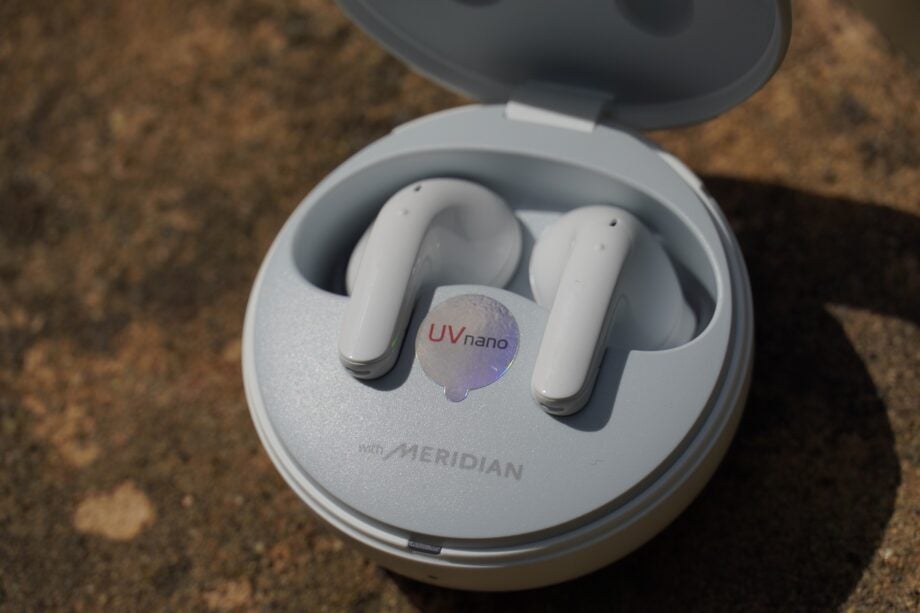
Verdict
A jack of many trades but master of none, LG’s top-end true wireless earphones are very ambitious in scope, but, ultimately, their overall performance falls short of the best at this price.
Pros
- Warm, pleasing sound
- Dolby Atmos head tracking works well
- Useful hygiene-related features
- Plug & Wireless feature for gaming
Cons
- Sound lacks a degree of detail and insight
- Indifferent noise cancellation
- Middling battery life
- Plug & Wireless doesn’t work with all devices
Availability
- UKRRP: £199
- USARRP: $229
- EuropeRRP: €229
- CanadaRRP: CA$289.99
- Australiaunavailable
Key Features
- Dolby AtmosHead-tracking supported for Atmos content
- Plug & Wireless connectionTransmits audio wirelessly from the case to earbuds
- UVnano charging caseKills 99.9% of bacteria on eargels
Introduction
LG has been knocking on the door of the true wireless market for a while, and it might be fair to say it hasn’t quite nailed it.
It has received great reviews from some outlets and middling ones from others. We’ve been on the positive side of that seesawing opinion, and with the Tone Free UT90Q, LG presents its most ambitious true wireless earphones yet.
Noise cancellation, Dolby Atmos head tracking, wireless audio transmission, Snapdragon Sound and a charging case that kills bacteria – if ever there were a pair of buds that gave mighty bang for your buck, the UT90Q are it.
There’s certainly plenty to enjoy, but are these earphones as satisfying as LG would like them to be?
Design
- Lightweight fit
- Medical silicone ear-tips
- Responsive touch controls
- Charging case kills bacteria with UV light
The LG Tone Free UT90Q’s design is materially much like what came before it in the UFP8 and HBS-FN7 models. The UT90Q earphones are small, lightweight (5.3g per bud) and ergonomically shaped (with a slightly lopsided look) for a comfortable fit.
They’re not the tightest-fitting pair of buds, and even though I felt their presence initially, they did “disappear” after a while, meaning the sensation of wearing them is not too distracting or uncomfortable.
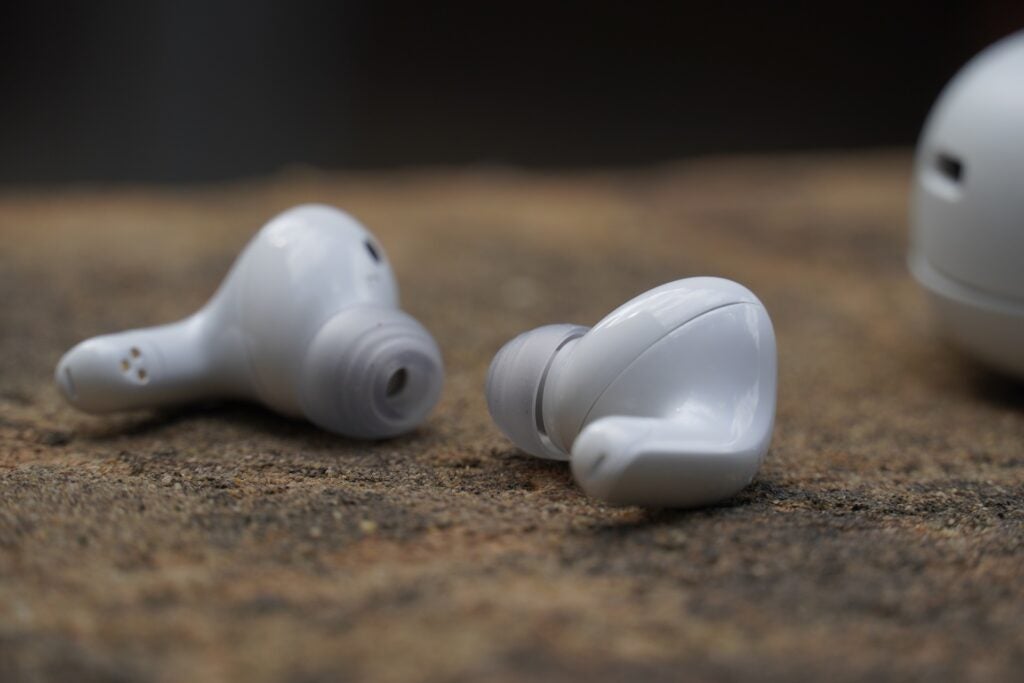
Water resistance is rated IPX4, to protect against water and sweat, which is par for the course for noise-cancelling earphones. The UT90Q’s touch controls can be customised in the LG Tone Free app, with default controls a tap for playback, two taps for volume control, three taps for skipping tracks and a long press to switch between noise-cancelling modes. You can, of course, answer and end calls too.
I didn’t experience any issues with the controls during testing: these buds are reliable and rapid in terms of their response.
The emphasis in the UT90Q’s design is on hygiene. It comes with a selection of medical silicone ear gels (small, large and default medium) to reduce potential skin irritation. The charging case features ultraviolet (UV) lights, which LG says will kill 99.9% of bacteria.
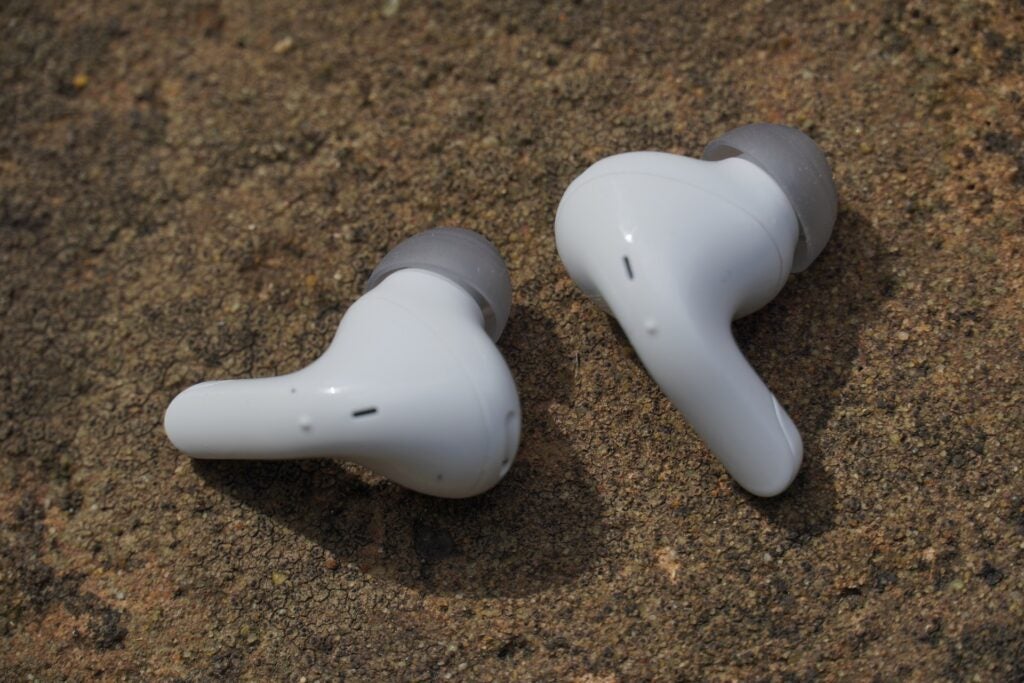
I’ll have to take its word for that, but it’s a helpful feature to have – especially since I appear to be pretty poor at cleaning out my ears.
The UV area within the case has been expanded to cover the entire surface of the ear gel when the earphones are seated inside, ensuring as many bacteria are zapped as possible. You’ll see a brief blue glow when the case is opened – although these aren’t the UV lights getting to work but apparently just some mood lighting.
The actual function of the UV lights only happens during charging – and that’s when the case is plugged in and the lid closed. It reportedly takes 10 minutes to kill bacteria.
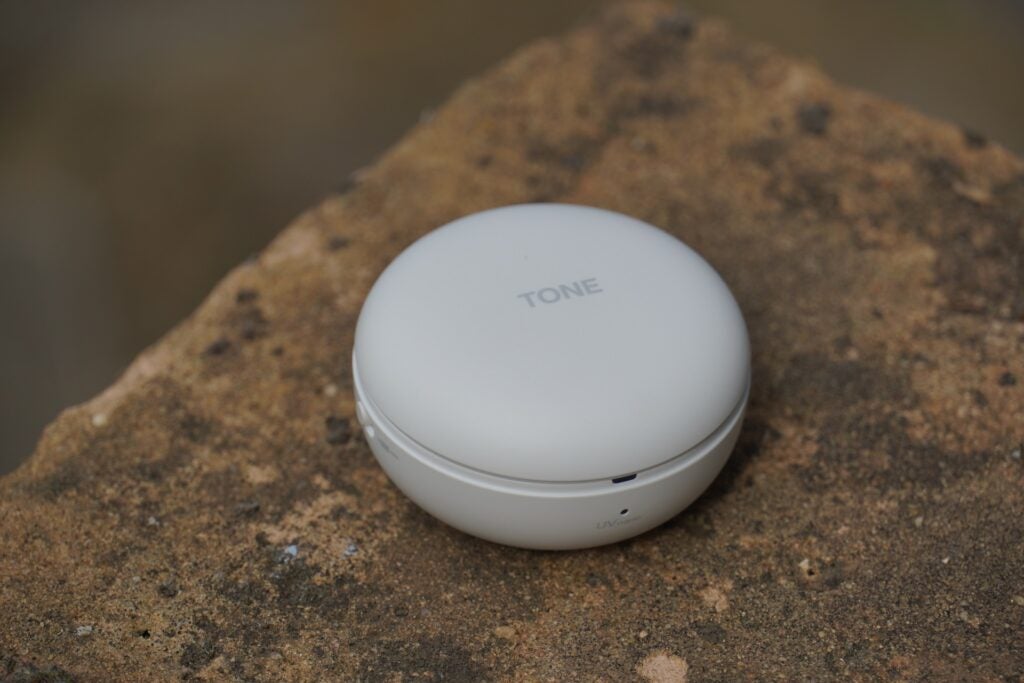
Sticking with the case, there’s a USB-C input on the rear and an LED for the case’s battery status, while below, you’ll find a separate LED to show when the UV process is working. On its side is the Plug and Wireless mode switch – more on that later.
The case itself is round, petite in size and very easy to slip into a pocket. Colours include black (Charcoal) and white (Snow) versions.
Features
- Middling battery life
- Indifferent noise cancellation
- Dolby Atmos head tracking support
Some may say the number of features that the Tone Free UT90Q boasts may be compensating for something else. However, like with LG’s OLED TVs, these earphones aim to be all things to all people.
Battery life is claimed to be 9 hours, with an additional 20 hours in the charging case. There ought to be an asterisk next to that number as that’s only with features such as noise cancelling, ambient mode and Dolby Atmos turned off.
With that in mind, an hour of listening provided unusual results. Android rated the battery at 97%, but the Tone Free app showed 67% and I’m inclined to believe the latter. Fast and wireless charging are both supported, but the battery doesn’t charge up to 100% to help prolong its life. Considering how fast it can lose its charge, I’m not sure that’s as much help as it initially seems.
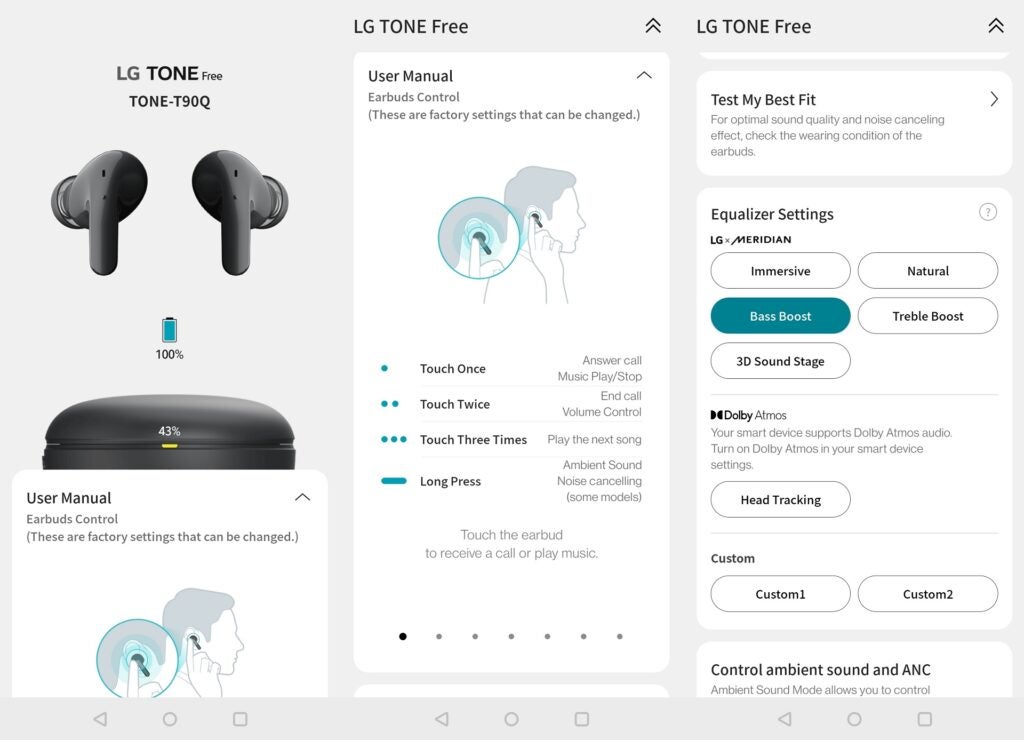
Load up the Tone Free app, and there’s a user manual that explains features from touch controls to battery status. You’ll find equalizer settings (with two custom presets), as well as a setting for enabling Head Tracking + Virtual Sound for Dolby Atmos. Your mobile device needs to support Dolby Atmos audio for the latter to work.
You can test for the most suitable fit to ensure you’re getting the best sound and noise cancellation and manually switch between the various noise-cancelling modes. There’s a toggle for autoplay/pause functionality and multi-point and multi-pairing. Lose the buds, and there’s a “Find my earbuds” feature to locate them, plus the ability to customise the touch controls (the long press is reserved for noise-cancelling modes and nothing else).
The order of the cards also shifts depending on how often you use them. Dabble with the equalizer settings a lot, and they’ll magically shift to the top position for quicker access.
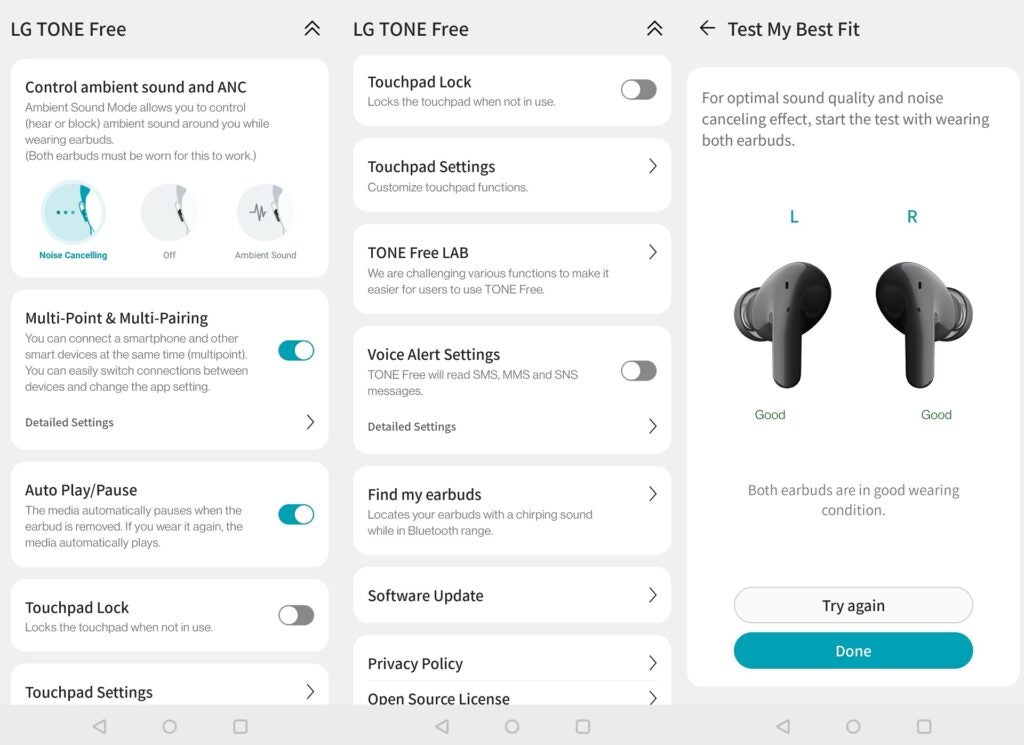
There are features hidden away in the Tone Free Lab section, such as enabling the UVnano so it’s always on (even when the case isn’t being charged), a game mode, a whispering mode – where you can talk into the right earbud during calls – and the Plug & Wireless Sound setting, with a choice of high-quality or low latency audio.
With the Plug & Wireless feature, just plug the charging case into a device – say a laptop or a USB port on a plane – and it turns the case into a wireless transmitter, relaying audio from the source to the earbuds. It’s the same technology as Bowers & Wilkins brought with its PI7 true wireless but at a less prohibitive price.
If you have a handheld games console, you could conceivably use the earphones with it, as the UT90Q comes with a USB-C to 3.5mm cable. I did try it with a PS Vita and my laptop, but I couldn’t get sound to output from either.
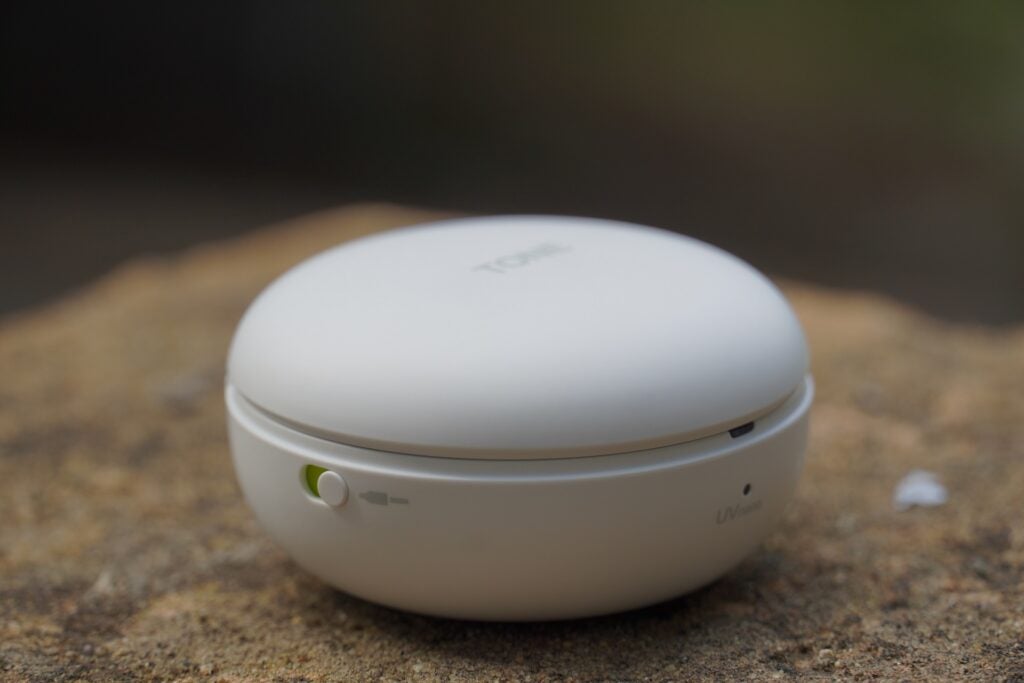
Dolby Atmos with head tracking is gaining traction thanks to the likes of Spatial Audio with Dolby Atmos on Apple devices. Whether it’s a necessary feature or a gimmick, I’m still not quite sure. Good Atmos depends on both how well the track was mixed and how it uses Atmos’s immersive qualities: not every track works.
Listening to Atmos on Tidal for 10mins took 6% off the battery. I’ll leave you to guess how much an hour’s listening would do with ANC switched on.
I’m nearly 1,300 words in, and I’ve only just reached noise cancelling. The UT90Q has adaptive ANC, which means it automatically alters the strength of its noise cancelling in response to outside sounds. The performance is mixed, and, at best, it’s simply average.
In busy areas, it doesn’t do the best job of suppressing sounds. Travelling on the London Underground, I could still hear the wind rushing by, and while riding on an escalator, I detected the mechanical noise as it chugged along.
Walking from the London Bridge station to my office, the ambient sounds of traffic and clangs of construction further down the road hovered on the periphery of my hearing. There was always something on the edges I could pick out.
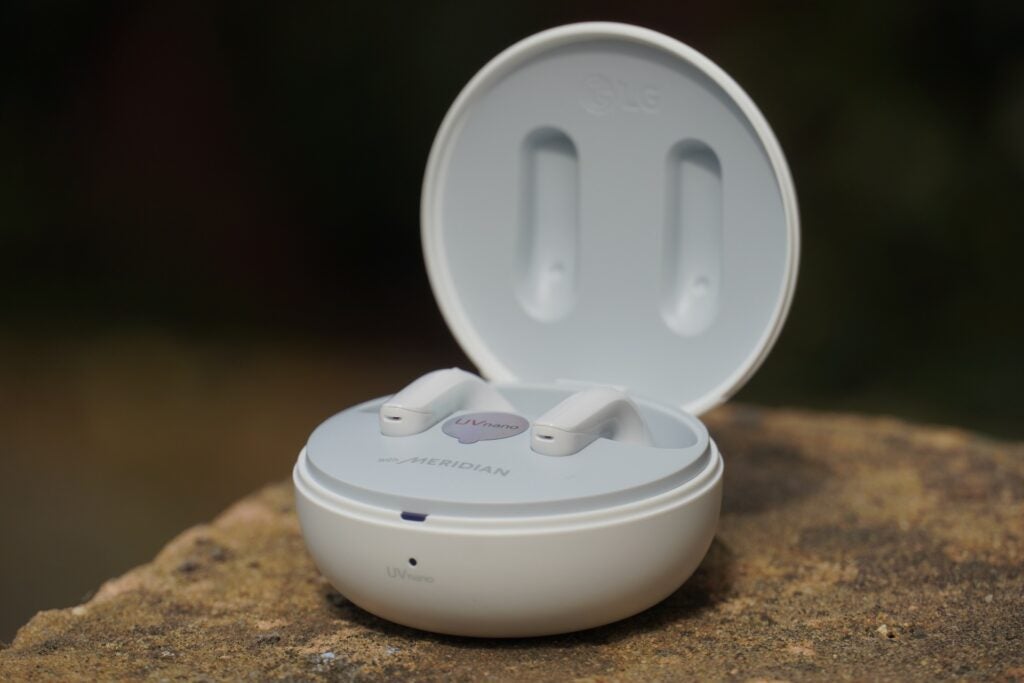
In general, these earphones reduce sounds but don’t dispose of them. Even though traffic noise is substantially decreased, cars and trucks are still fairly audible as they go past. It’s a performance that requires the volume to be dialled up to help its suppressive skills. The transparency mode is fine, offering more clarity to surroundings – even if it doesn’t provide the sharpest sense of detail.
What’s more peculiar about the UT90Q’s noise-cancelling skills is that it’s very aggressive with phone calls. It suppresses most sounds nearby – a train overhead, cars driving past, people talking as they walk – but the side effect is that my voice is suppressed along with them.
The person I was calling said my voice was low to the point where they were struggling to hear me. These earbuds are fine in quiet areas, but when they must deal with loud noises or windy conditions, they run into trouble.
Bluetooth connectivity goes to aptX Adaptive, and the performance is fine in less busy areas and rough in busier ones. Walking through Waterloo Station, the UT90Q’s signal went in and out to a distracting degree. Support for Snapdragon Sound is listed on its product page, but compatible mobile devices are few and far between as we enter 2023. It may take a while to unlock the potential of that audio platform.
Sound Quality
- Rich, bassy profile to audio
- Not the most expansive soundstage
- Short of detail and insight
The direction LG is going in with the audio of the Tone Free UT90Q is apparent as soon as I start listening to them. These are rich-sounding true wireless earbuds with prominent bass and smooth vocals that are easy to warm up to. But it’s an approach that lacks the level of insight pairs such as the Sony WF-1000XM4 and Bose QuietComfort Earbuds deliver – both of which are available at a similar price.
Despite featuring an 11mm graphene dynamic driver – graphene chosen for its stiffness to reduce vibrations in the driver – the soundstage is not as big or wide here as first expected. I wouldn’t describe the UT90Q as cramped, but it’s not expansive either.
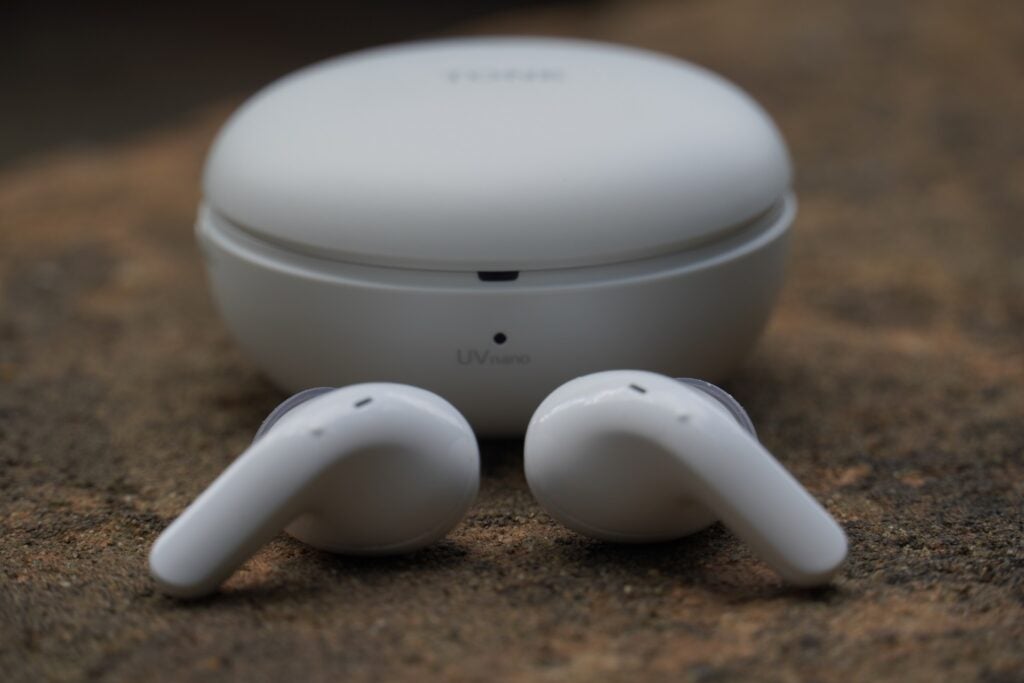
This is with the default Natural EQ setting, which offers solid balance across the frequency range and a clear sound. I preferred the Immersive EQ, which is bigger and wider in scale and ought to have been the default, in my opinion. Both these EQ presets have been designed by Meridian, which has lent its considerable audio know-how to fine-tune these earphones’ performance.
Nevertheless, there’s a slight conservatism about the UT90Q’s audio that suggests it’s aiming for a pleasing middle ground. It delivered John Powell’s Into the Maw from the Solo soundtrack with plenty of energy and drive, but it’s shy of definition, insight and finesse that the WF-1000XM4 can provide.
The Sony betters the LG with extra levels of clarity provided to brass instruments and more detail and definition fed to the string section for an altogether more musical sound.
The UT90Q’s bass is pleasingly rich in tone and has a little more weight, if not the same sense of clarity or punch, as the WF-1000XM4 in Ludwig Göransson’s Freeport from the Tenet soundtrack. The track also reveals that the UT90Q is a little short with its sense of dynamism. In a broad sense, peaks and troughs in a track are represented fine, but rising transitions from quiet to loud aren’t quite as impactful.

It’s the high frequencies that feel the most short-changed by its warm presentation. The shaking of the tambourine in Jon Batiste and Stay Human’s track Naima’s Love Song doesn’t have the same presence within the soundstage on the LG than it does on the Sony – nor does it boast the detail I can hear with the Bose. The UT90Q doesn’t reveal the high frequencies with as much brightness or insight.
A Tidal Master of Lou Reed’s Walk on the Wild Side sums up the UT90Q’s qualities. The bass guitar has a pleasingly rich and weighty tone to its strums, and Reed’s voice is clear and smoothly relayed, pitched above the instruments and backing vocals to paint a decent stereo image in terms of depth and layering.
Dynamics are solid, the rising notes of the backing vocals are effectively described, and the rich tone of the brass instrument is enjoyable, but there’s always the feeling that detail and insight are left on the table and the soundstage isn’t as defined to reveal more of what’s present in the track.
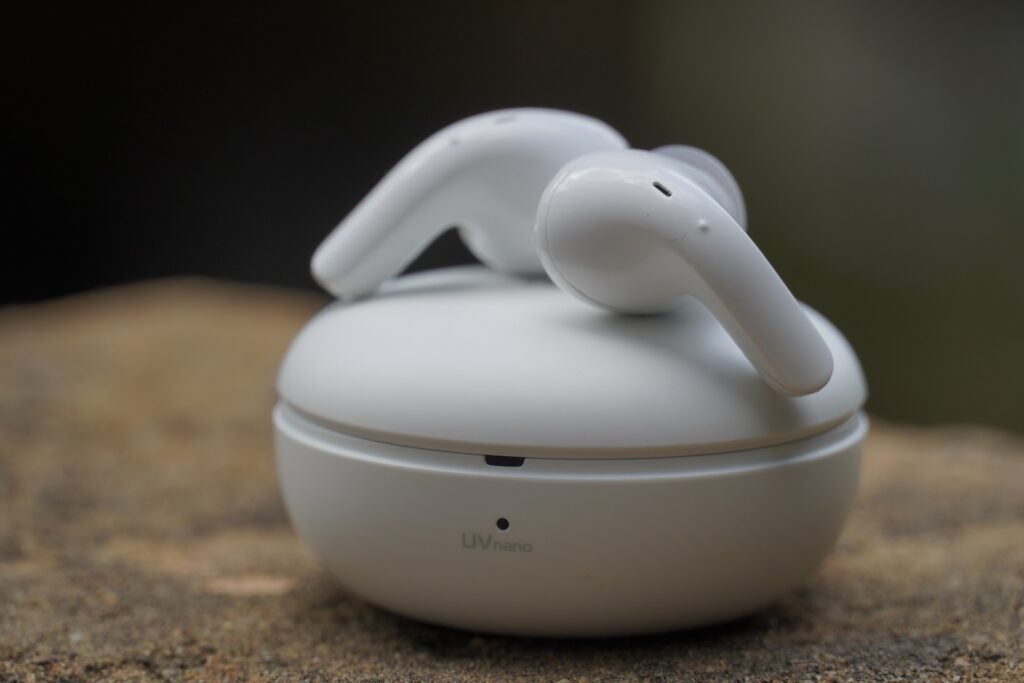
One area where these buds do excel is with the Dolby Atmos head tracking. It’s very well implemented, shifting the position of instruments and voices in Missy Elliott’s The Rain (Supa Dupa Fly) and Kendrick Lamar’s Swimming Pools (Drank) seamlessly as I moved my head. The borders of music are further expanded, and, most importantly, it does this without affecting the tone.
It sounds as natural as it can be, although the effect is one that still feels weird to me. But I think the UT90Q implements this feature as well as I’ve heard on any headphones so far.
Latest Deals
Should you buy it?
If you want jack-of-all-trades headphones: The LG Free Tone UT90Q can do a lot, from Dolby Atmos head tracking and portable gaming to noise cancellation, and its hygiene focus may tip some into giving them a try.
You want a better performer: There’s something to be said for a true wireless pair that can do as much as this one, but the sound quality, battery life and noise cancelling are bettered by other similarly priced earphones.
Final Thoughts
The LG Free Tone UT90Q packs a vast number of features, and, in some ways, that’s an effort to be applauded. From the hygiene focus to the Dolby Atmos head tracking, these earphones will likely have a wide appeal. It’s a true wireless that can do many things.
But it doesn’t do all of these things well, with some features offering an indifferent performance. In the end, the UT90Q can be ascribed to the idiom of being a jack of all trades, master of none.
How We Test
We test every set of headphones we review thoroughly over an extended period of time. We use industry standard tests to compare features properly. We’ll always tell you what we find. We never, ever, accept money to review a product.
Find out more about how we test in our ethics policy.
Tested across two months
Tested with real world use
Battery drain performed
FAQs
The UT90Q’s battery is claimed to last 9 hours per earbud, but in testing we found it lasted less than that when using noise cancelling and Dolby Atmos modes.

